New study quantifies benefits cycling offers Colorado
A new study released by multiple state agencies found that bicycling contributes significantly to Colorado’s economy ($1.6 billion in 2015), and that almost half of the state’s adults rode a bicycle in the past year, making Colorado one of the most active states in the nation.
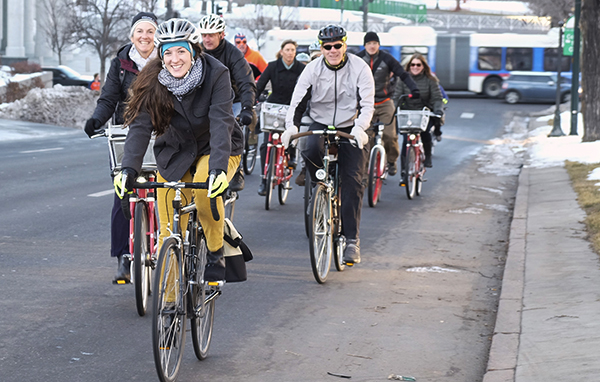
Bicycle Colorado partnered with several agencies and groups to help guide the Economic and Health Benefits of Bicycling and Walking study, which is part of the Colorado Pedals Project—Governor’s Hickenlooper’s initiative to make this the number one cycling state in the U.S. The study is an overview of the who, what, where, how and why of bicycling, walking and health in the state of Colorado. This comprehensive study is a first of its kind and could set a national standard for gathering and legitimizing such data.
The results show that a majority of people in Colorado own a bicycle and that they’re getting out and using it, which makes our work at Bicycle Colorado all the more vital. Riding a bike is not just a niche activity; it helps our neighbors get around, stay healthy and enjoy life. Bicycling also substantially supports our local businesses, attracts jobs and tourists to the state and makes communities more livable.
“The study results show that bikes aren’t just toys; they are a serious economic driver for the state and provide significant health benefits,” said Dan Grunig, Bicycle Colorado’s Executive Director. “The results also quantify the value biking and walking bring to Colorado and shows community- and state-level investments in better biking and walking infrastructure pay off. And, if we are able to increase participation in cycling, there will be huge additional benefits to the state.”
The study results confirm the value that residents place on good biking and walking facilities in Colorado, as well as the need and desire for more, from bike lanes to safe routes for kids to bike parking. Moving forward, state agencies will use the results to inform health and transportation planning. The study will also affect economic development and international trade policy in Colorado. The Colorado Outdoor Recreation Industry Office–one of only three such entities in the country–will use the results to bolster its efforts to attract and retain outdoor industry jobs for Colorado.
“This shows that funding biking and walking infrastructure is a good investment for our state–not only for the health of Coloradans, but also for the health of our economy,” said Gov. John Hickenlooper.
Bicycling and walking are key to Colorado’s identity, vitality and future. We knew that; you knew that; but now there’s conspicuous evidence. We’re pleased to see leaders taking bicycling and walking seriously and will continue to drive on our efforts to make this the most bicycle friendly state in which to live and ride. We hope you will join us!
- Learn more about the Colorado Pedals Project
- Support our work through Colorado Gives Day. Thank you!
Continue reading for a breakdown of the study’s findings as they relate to bicycling in Colorado.
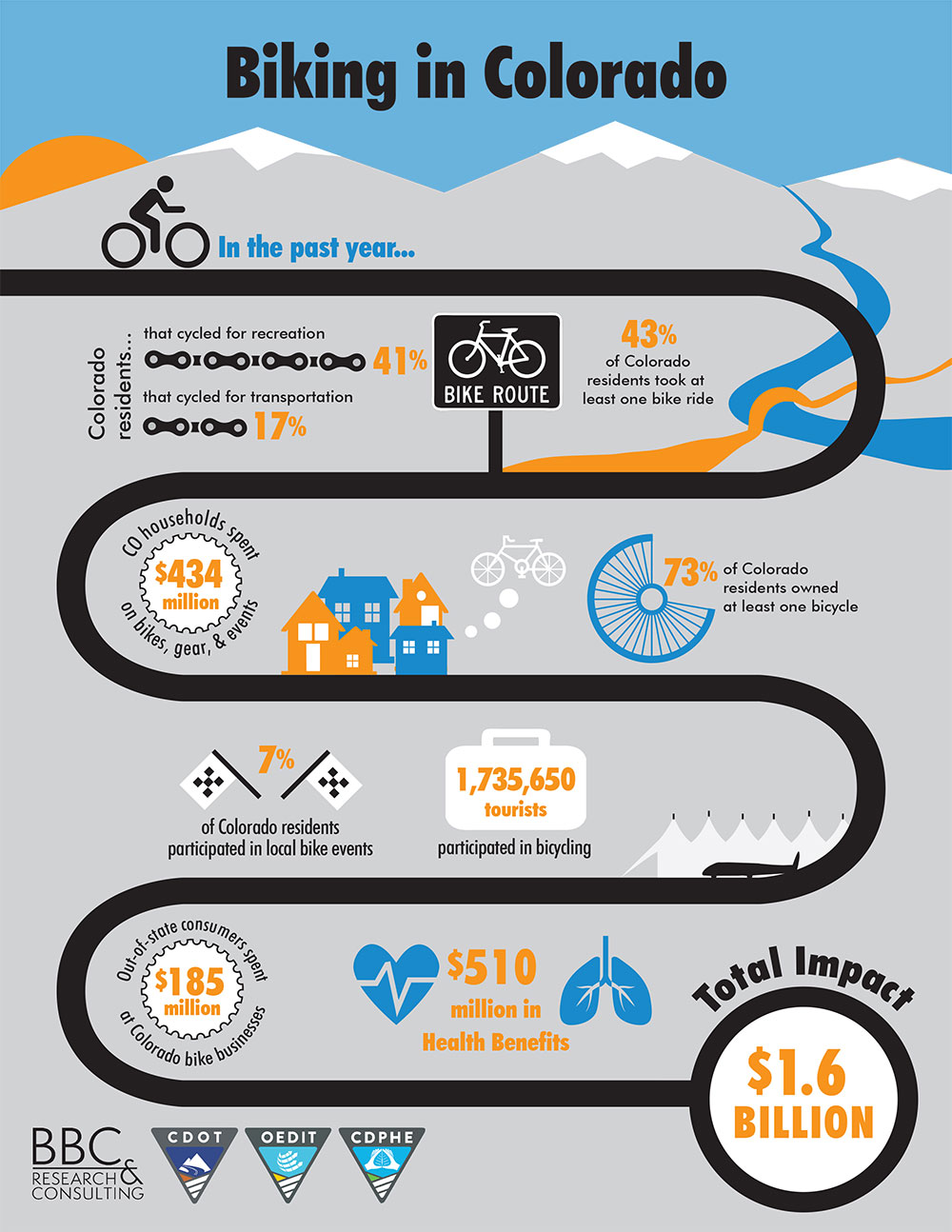
Proving the Benefits of Bicycling
The study found that bicycling contributed $1.6 billion to the state’s economy last year—most of that from household spending and tourism, with bicycle retail and manufacturing also contributing a significant amount.
Additionally, Colorado’s current level of bicycling leads to about $511 million in annual health benefits, with tremendous opportunity to improve. Just a 10 percent increase in the number of people bicycling—46,000 additional bicyclists—could result in approximately $51 million in additional health benefits to the state.
Who is Riding? Participation Rates Based on Age, Income, Ethnicity, Gender, Geography
The study results also provide a clearer picture of who is bicycling and walking in the state, for what reasons and distances and where they are doing it. About 43 percent of Colorado residents 18 and older reported riding a bike at least once in the last year (compared to 29 percent of the U.S. population). Eleven percent rode a bicycle more than 31 days last year, 17 percent used a bicycle for transportation, and 41 percent took a recreational ride for exercise, competition or fun.
Approximately half of Asian Americans and non-Hispanic white Americans reported cycling in the last year. Conversely, about 38 percent of Hispanic Americans and 21 percent of African Americans surveyed reported riding a bicycle last year. Males were more likely to have reported riding a bike, at 50 percent, with 37 percent of females reporting ridership in the last year.
Generally, the higher someone’s income, the more likely they were to have ridden a bicycle in the last year. Looking at age groups, ridership was more evenly distributed. The age group 35-44 was the most likely to have pedaled in the last year at 54 percent, but not much more so than other age groups. Only 55 and above was significantly less likely to have ridden a bike, at 32 percent. Approximately 75 percent of Colorado residents with children ages 3 to 17 in their household reported that their children rode a bicycle in the last year.
When basing ridership on geography, the most active cyclists are those living in the mountains, followed by residents of the Front Range and Western Slope. Residents of the Eastern Plains were the least likely to have reported riding a bicycle in the last year, at only 19 percent.
Bicycle ownership rates in the state are also high: 45 percent of Colorado residents own one or two bikes, while a quarter own three or more. That means a full 73 percent of Coloradans own at least one bicycle.
Colorado Bicycling Infrastructure: Satisfaction and Access
The study also asked residents to rate how they felt about cycling infrastructure from bike lanes to trail maps to bicycle parking. The results show that Colorado residents are, overall, unsatisfied with the state’s bicycling infrastructure. Examples include lack of dedicated and protected bicycle facilities, bicycle-friendly traffic signals and accommodations such as bike parking and showers at destinations.
The same is true for access. The ability to ride a bicycle without fear of being hit; the ability to use public transit in conjunction with riding; and the availability of bike lanes, trails and bicycle parking all received low marks from residents.
Bicycle Tourism in Colorado
Not surprisingly, Colorado is a destination for cyclists, with out-of-state bicycle tourism contributing an estimated $318 million to the economy in 2015 ($448 million when counting the U.S. Pro Challenge race), thanks to 1.7 million tourists that rode a bike while visiting.
Resort and industry stakeholders identified that bicycling is growing at a significant rate at resorts and in mountain communities. Those groups also identified ways in which the state can help promote and grow the Colorado bicycle tourism industry, including changes to state law (including trail access and liability issues), community trail development and maintenance, mountain bike share programs and marketing.
Explore the full study here.
Leave A COMMENT
Our twitter feed is unavailable right now.
The Latest News
view all- Mar 22, 2024
- by Bicycle Colorado
Why Colorado Should Pass SB24-065 To Reduce Distracted Driving
- Advocacy Issues,
- Bicycling in Colorado,
- Bike Law,
- Get Involved,
- Laws & Funding
- No Comments






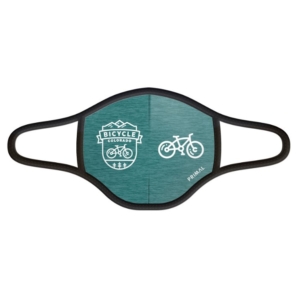
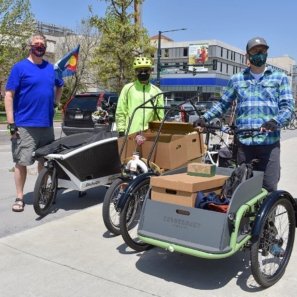
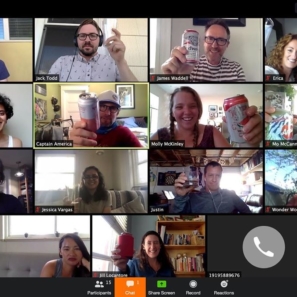
COMMENTS (3)
Eric Smith -
I commend you on this study and want to explore it further, but there is no link to the study. How do I see the full version?
Cheers,
Eric
Ken Colburn -
Please post a link to the full study results!
Louise Murphy -
This is great for Colorado and a breath of fresh air to see the impressive figures. Have you devoted a section to bicycle parking. As we all know it’s great to cycle but no use if you get to your destination and there is no where safe to park!